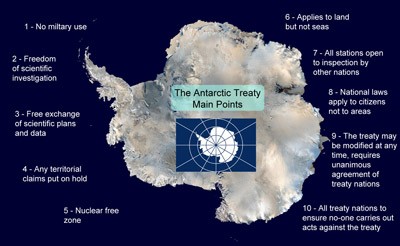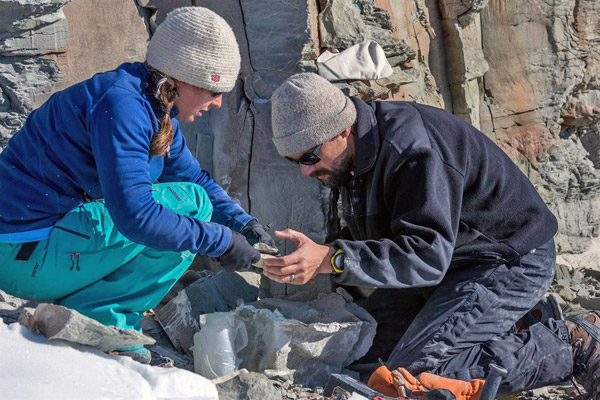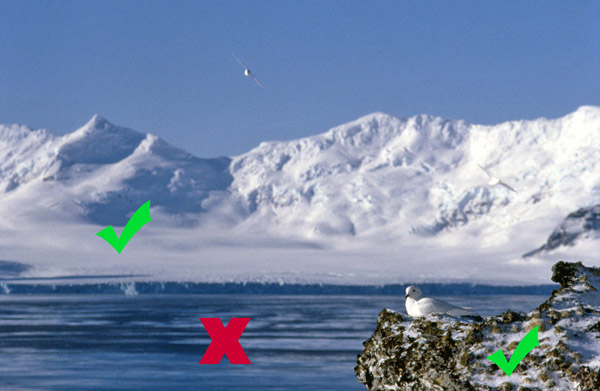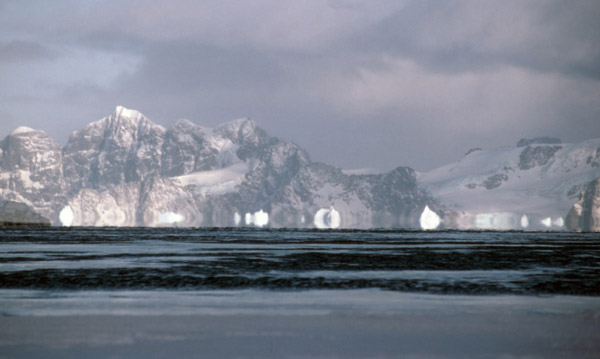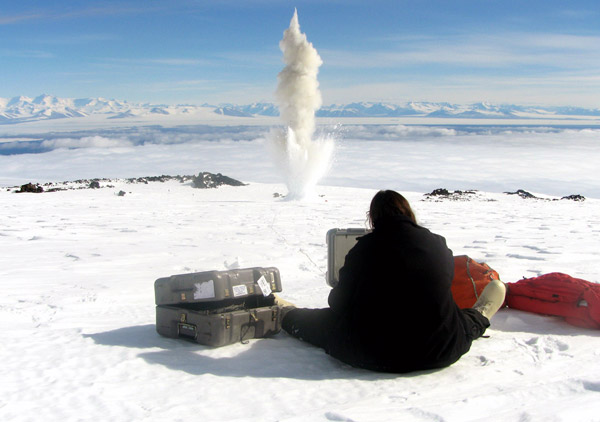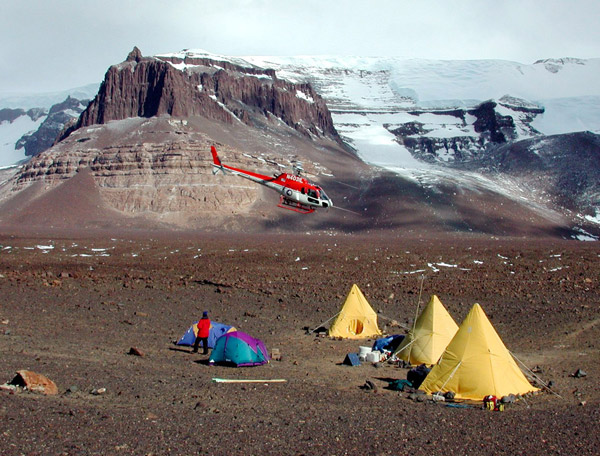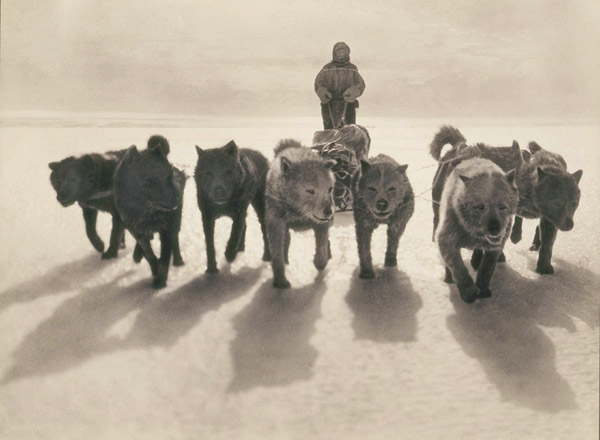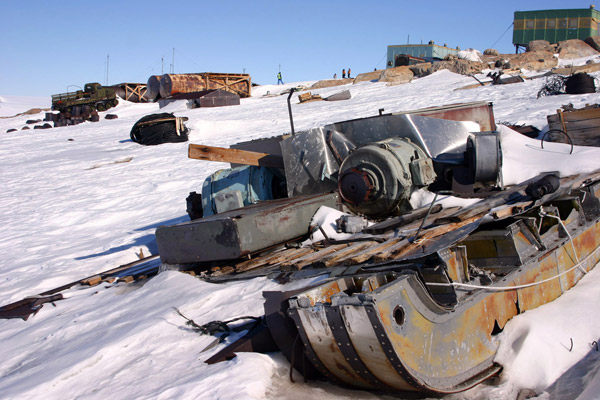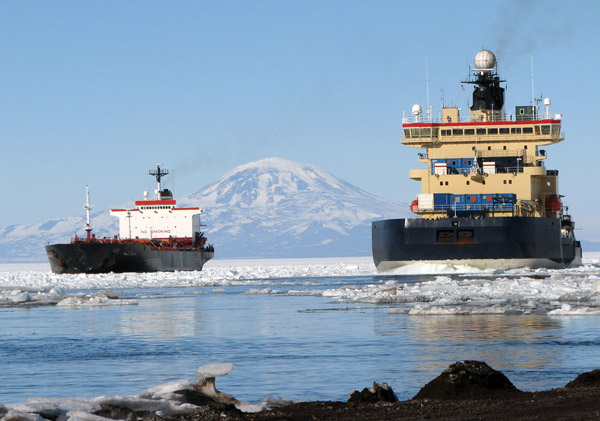The Antarctic Treaty - A document born of the Cold War and following the International Geophysical Year in 1957-58. The Treaty came into force in 1961 and was boosted by the Madrid Environmental Protocol in 1991. It sets out an agreement amongst nations as to how they should behave in the only continent on earth that isn't owned by any particular country.
The Antarctic Treaty - Quick-Look
An illustrated overview -
more quick looks
The following points are a very brief overview, click on the pictures to be taken to the slide for more detail.
1 - No Military Use
2 - Freedom of Scientific Investigation
3 - Free Exchange of Scientific Plans and Data
4 - Territorial Claims on Hold
5 - Nuclear Free
6 - The Treaty only Applies to Ice Shelves and Land
7 - Inspections
8 - Jurisdiction
9 - Protection of the Antarctic Wilderness
10 - Mining Ban
11 - Environmental Impact Assessments
12 - Emergency Response Actions
13 - Conservation of Antarctic Fauna and Flora
14 - Waste Disposal and Waste Management
15 - Removal of Waste from Previous Activities
16 - Prevention of Marine Pollution
17 - Protection and Management of Particular Areas

Picture credits: 2 - Bill Sumrall, 3 - Mike Lucibella and NSF, 4 - Lokal Profil, used under CC 2.5 attribution generic licence, 5 - McMurdo plaque picture courtesy Sergey Tarasenko, used under CC3, attribution, share-alike unported licence, cropped from original, 10 - Martin Reed & NSF, 11 - Josh Landis & NSF, 12 - Alan Light, 14 - Alan Light, 15 - Mike Usher, 16 - Chris Demarest & NSF, 17 - Alan Light, Top banner- Martin Wolf & NSF.

